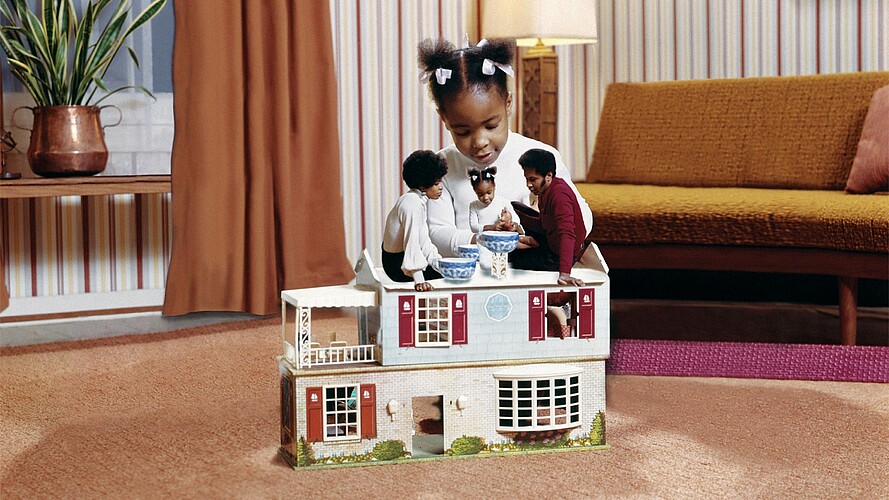Constellations Type – Housing for All Social Arrangements
In building, two of the major crises are diametrically opposing each other: the social and the environmental. From a social perspective, we need more houses, especially affordable houses. The Institut für Deutsche Wirtschaft calculated that there should 372.600 housing units be build every year to meet the demand. In metropolitan regions like Berlin the situation is more intense than in rural areas, the Senatsverwaltung für Stadtentwicklung, Bauen und Wohnen for example calculated a demand of 272.000 new apartments in Berlin until 2040. The questions is: where? And from what material?
Because on the other side stands the ecological question: building contributes in all steps of its process chain massivley to the ecological crisis, from the exploitative extraction of natural ressources over the emission of greenhouse gases for their transport and refinement to the destruction of natural habitats and sealing of grounds throughs the building itself, and finally the waste from all those steps as well as the destruction of buildings that have fallen out of use. There is no simple solution to this dilemma, but a clear task is deriving from it: we should make better use of what is already there, and – if we build at all – we should make buildings better usable.
Part of the dilemma in building is that though building methods are getting more ecofriendly or houses are better insulated, the average space consumption per person is ever increasing. And hence the technical improvement is eaten up by a gain in size. It’s called rebound effect. The two main factors for this increase are that households get smaller – from several- member-families to single households – and that usually the moment in a familiy’s biography when a housing unit is being built or bought, is when the family has the highest spatial demand: as nuclear family with young kids. It’s a pattern from Western, post- war societies that is being copied and replicated all-over in our globalised consumer society. The issue with this pattern is that the household of the nuclear family only exists for a relatively short period of time as such, for the longer period the parents live actually without their kids – if they stay together at all. It’s called remascence effect.
The Constellations concept is long term adequate usage – some call it sufficiency – as well as freedom for alternative family and kinship relations beyond the heteronormative nuclear family model.
In these studios we will question the boundaries that are drawn around the agglomeration of rooms we call apartments. We will discuss new terms in reference to architectural types, we will invite an anthropolgist, a historian and a sociologist to share their perspective on housing. We will read texts that critically engage with patriarchal family models and the role and spaces of reproductive labor within them. We will visit exemplary co-housing models and archives in Berlin. We will explore graphic tools to analyze and communicate spatial usage patterns. And we’ll produce zines and design new housing types for constellations beyond and after the conventional nuclear family household.
Further practicalities on Superstudio 1 + Superstudio 3 can be found on the chair’s website.
